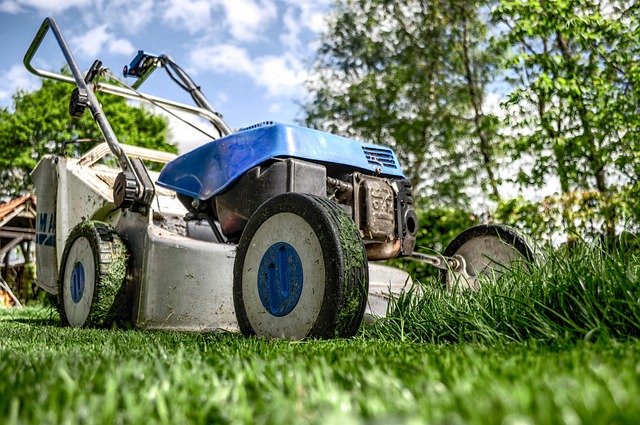Artificial Grass: Transform Your Garden and Lawn with Synthetic Turf
Artificial grass has become a popular alternative to natural turf for homeowners, landscapers, and commercial properties seeking a low-maintenance, year-round green surface. Modern synthetic turf is engineered to mimic the look and feel of real grass while reducing water use, mowing, and pesticide needs. Whether you want a neat front lawn, a pet-friendly backyard, or a resilient play area for children, artificial grass offers consistent aesthetics and practical benefits. This article explains what artificial grass is, how synthetic turf performs in different landscaping settings, what maintenance looks like, and practical considerations when choosing materials and local services.

What is artificial grass?
Artificial grass (also called synthetic turf) is a manufactured surface made from synthetic fibers designed to resemble natural grass. Early versions were used for sports fields, but current products use advanced polyethylene, polypropylene, or nylon yarns with backing systems and infill materials that influence softness, drainage, and resilience. Good-quality artificial grass combines UV stabilization to resist fading, a permeable backing for water runoff, and pile height/shape options suited for garden and lawn applications. Choosing the right fiber type and pile density affects longevity and appearance.
How does synthetic turf benefit your garden?
Synthetic turf delivers several practical benefits for garden spaces. It eliminates the need for regular mowing and reduces water consumption, making it attractive in drought-prone areas. Synthetic surfaces can resist patching and muddy spots often caused by foot traffic or pets, ensuring a uniform appearance through seasons. For those designing relaxed low-maintenance gardens, artificial grass complements hardscaping, container planting, and seating areas. It also creates accessible, slip-resistant surfaces for patios and rooftop gardens when specified for proper drainage.
Can artificial grass improve your lawn aesthetics?
Yes—well-specified artificial grass can dramatically enhance lawn aesthetics. Modern products offer realistic green tones, varied blade shapes, and thatch layers to simulate natural depth. Installation quality is critical: a smooth subbase, correct infill levels, and precise seaming determine how natural the finished lawn looks. Artificial lawns provide consistent color and eliminate bare patches, making them appealing for properties that struggle with shade, poor soil, or heavy use. Consider samples and installed photos to compare look and touch before committing.
Maintenance and durability of synthetic turf
While marketed as low-maintenance, synthetic turf still requires routine care. Occasional brushing prevents matting and preserves blade uprightness; removing debris and leaf litter prevents microbial buildup. For pet owners, rinsing and using enzyme cleaners keeps odors in check. High-quality synthetic turf can last 10–20 years depending on traffic, UV exposure, and product quality. Proper installation—ensuring adequate drainage and stable edging—affects durability. Regular inspections for seam separation or infill displacement help prolong service life.
Landscaping uses for artificial grass
Artificial grass is versatile in landscaping: it’s used for residential lawns, rooftop gardens, playgrounds, pool surrounds, and commercial public spaces. Its adaptability works well with xeriscaping, modern minimalist yards, and layered planting schemes. Combine synthetic turf with permeable paving, gravel beds, and raised planters to create contrast and reduce overall maintenance. For safety areas like play zones, choose turf with shock-absorbing underlay to meet impact standards. Designers often pair artificial grass with native planting to support biodiversity while keeping key activity zones low-care.
Conclusion
Artificial grass and synthetic turf offer a reliable option for homeowners and landscapers seeking a consistently green, low-maintenance surface for gardens and lawns. Selection of material, attention to installation, and reasonable maintenance routines determine how natural and long-lasting the result will be. When planning a project, compare product samples, consider drainage and use patterns, and consult qualified local services to match materials and installation methods to your landscaping goals.






